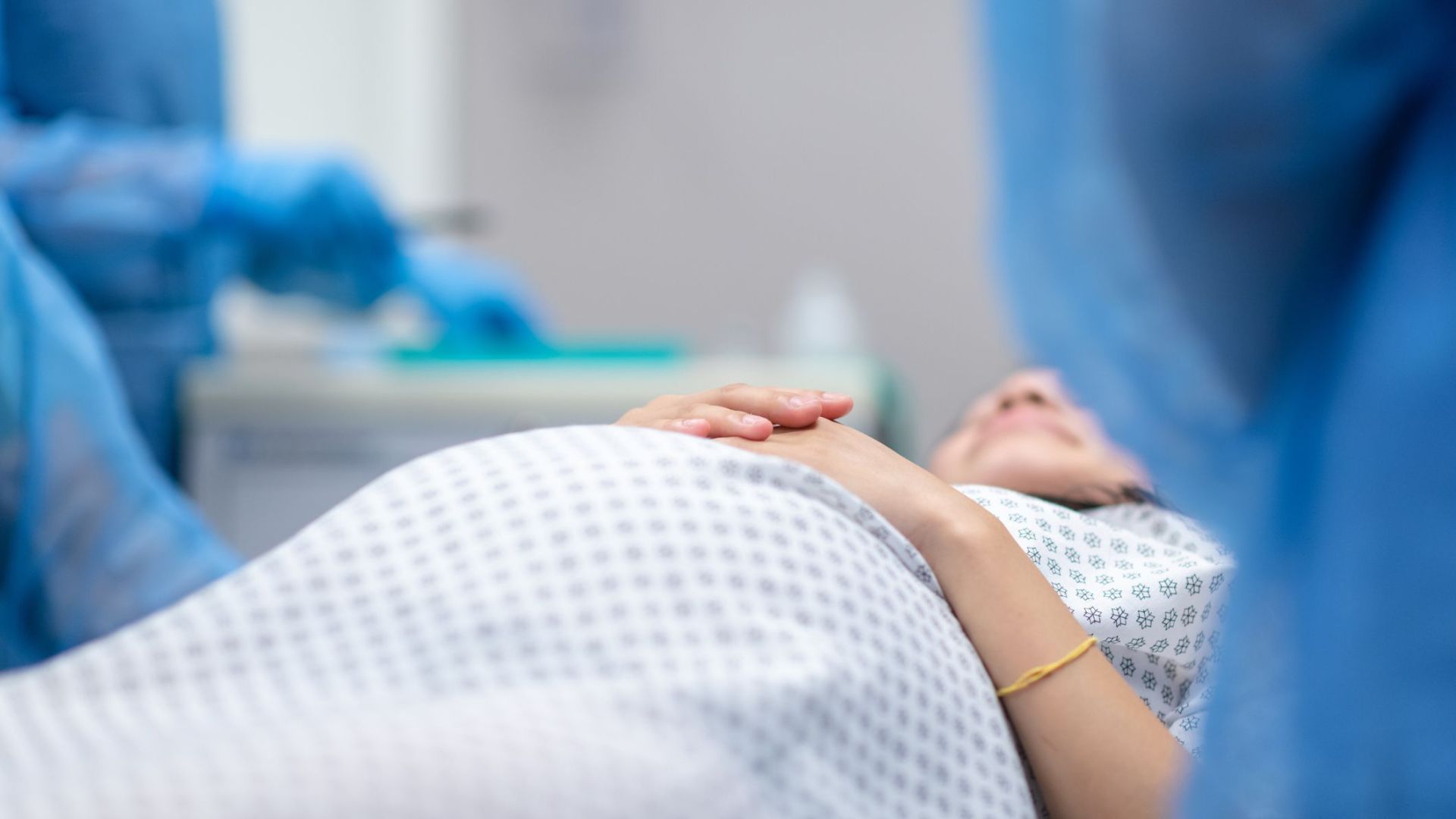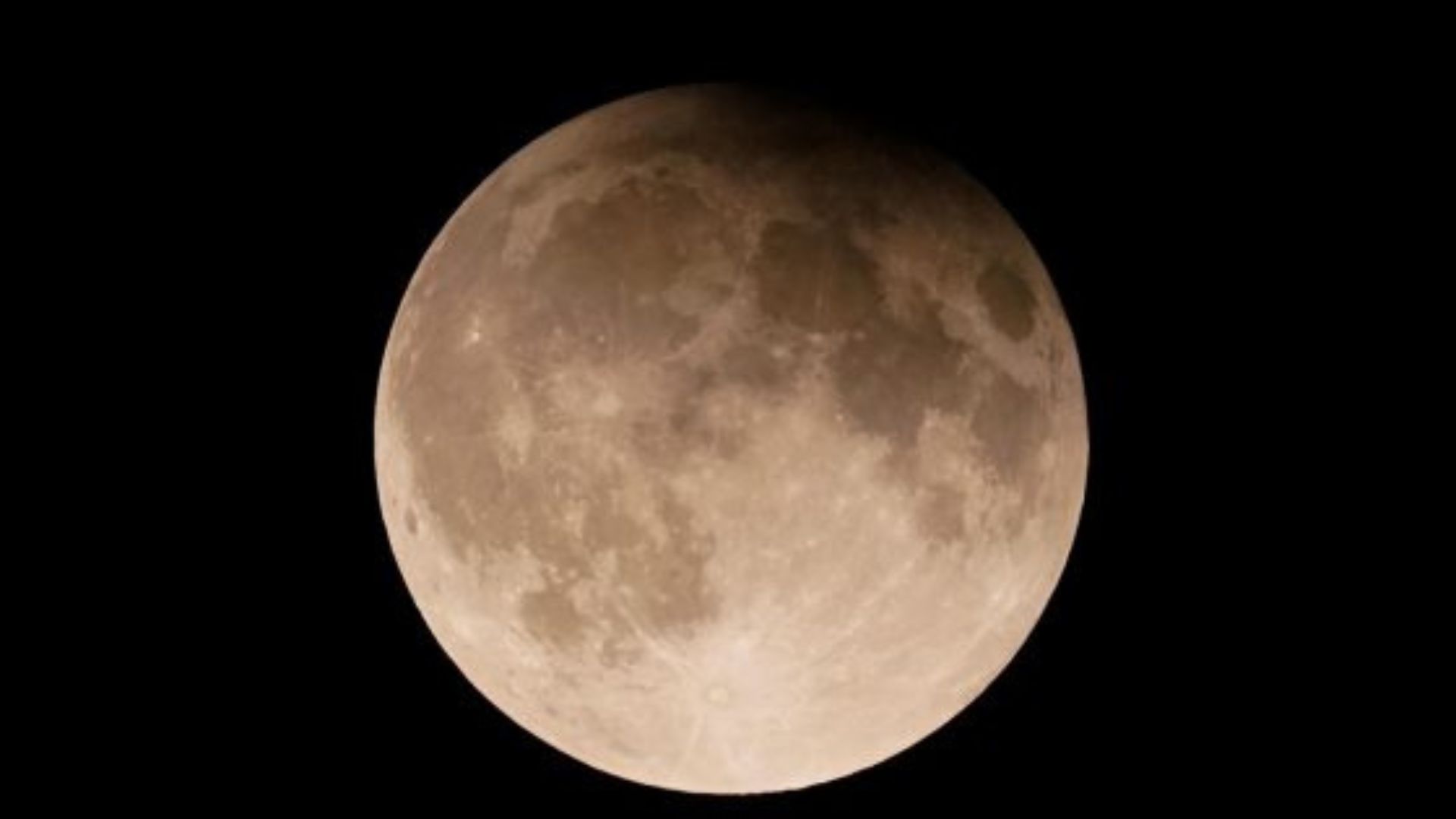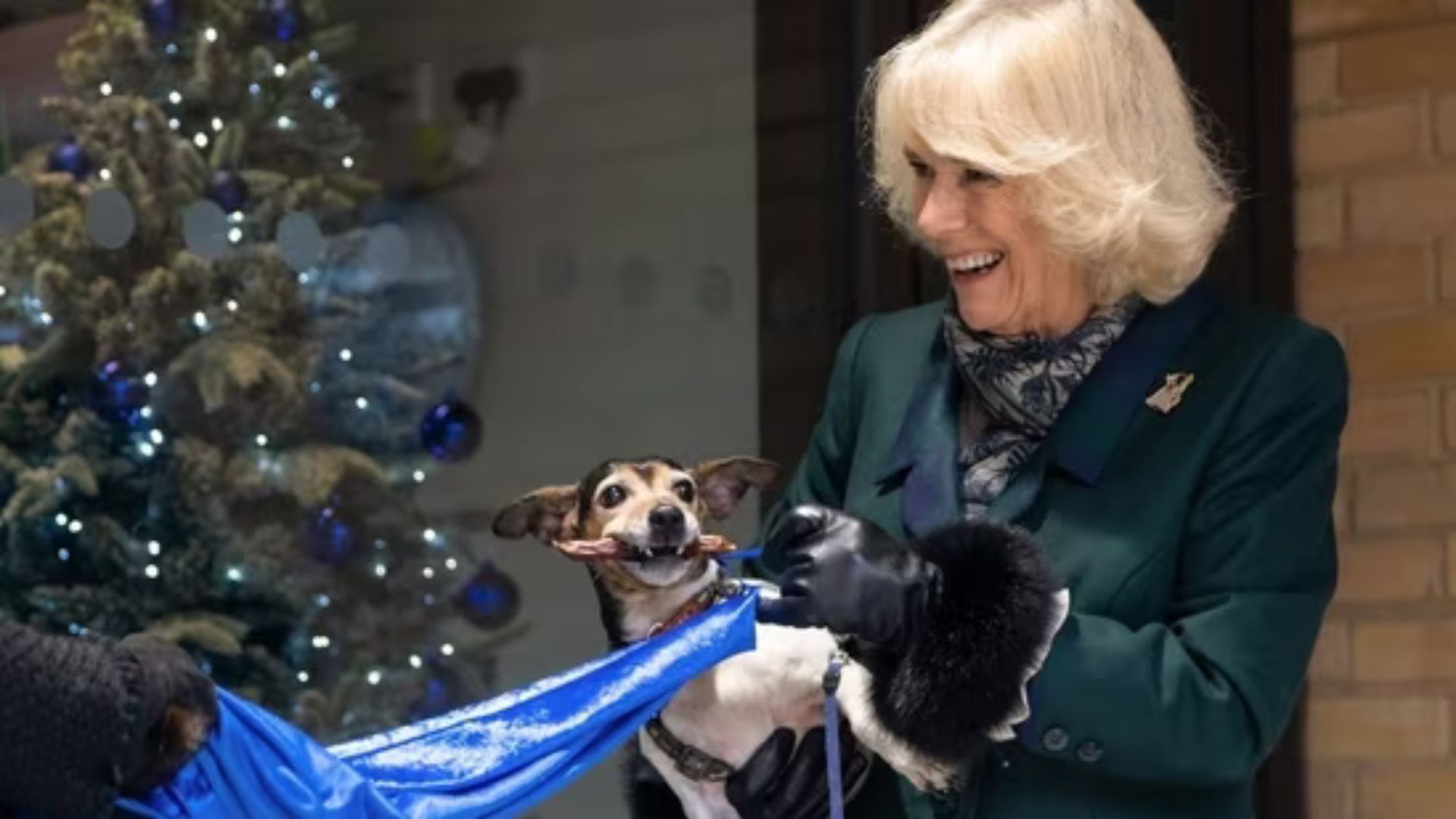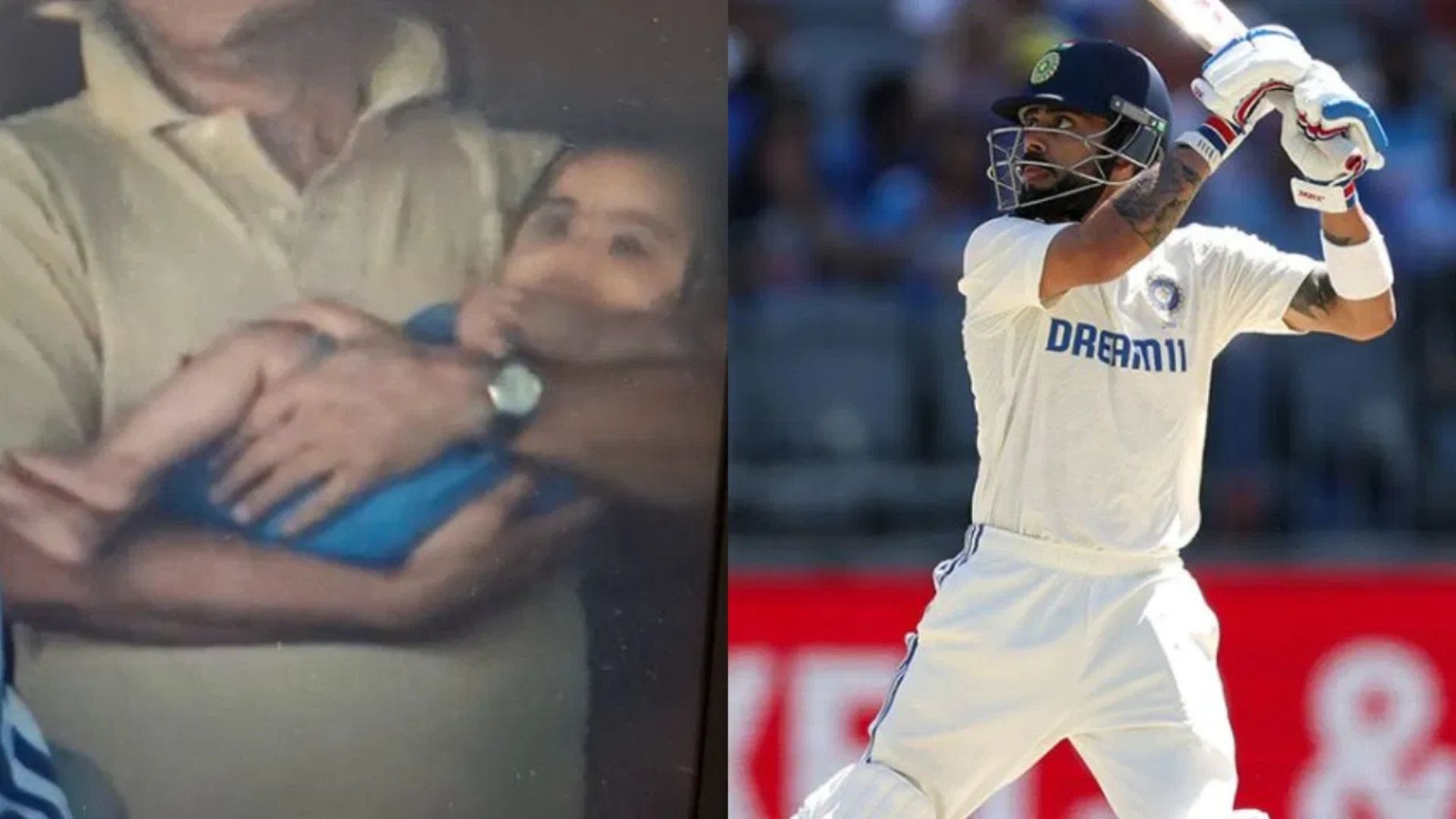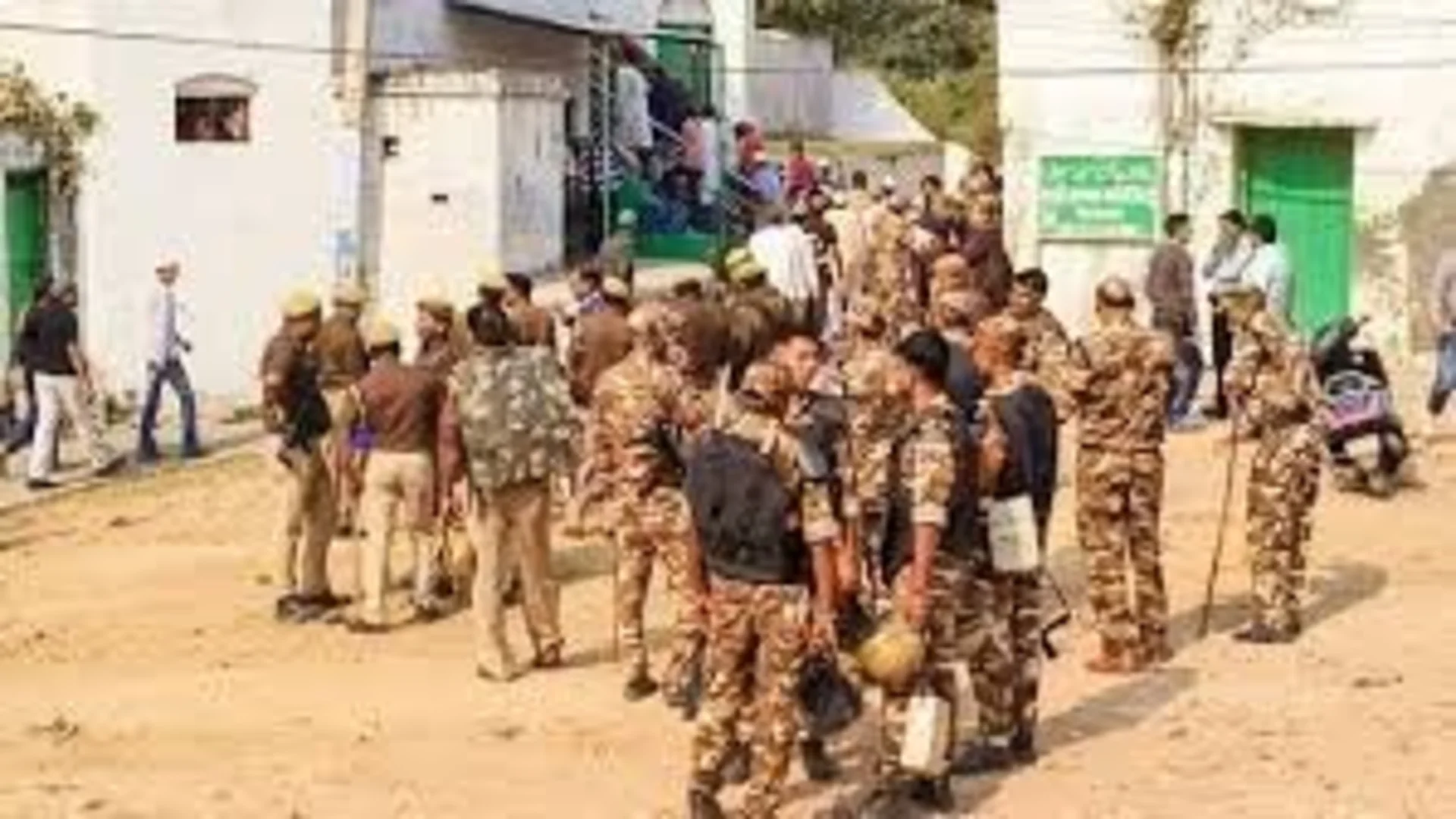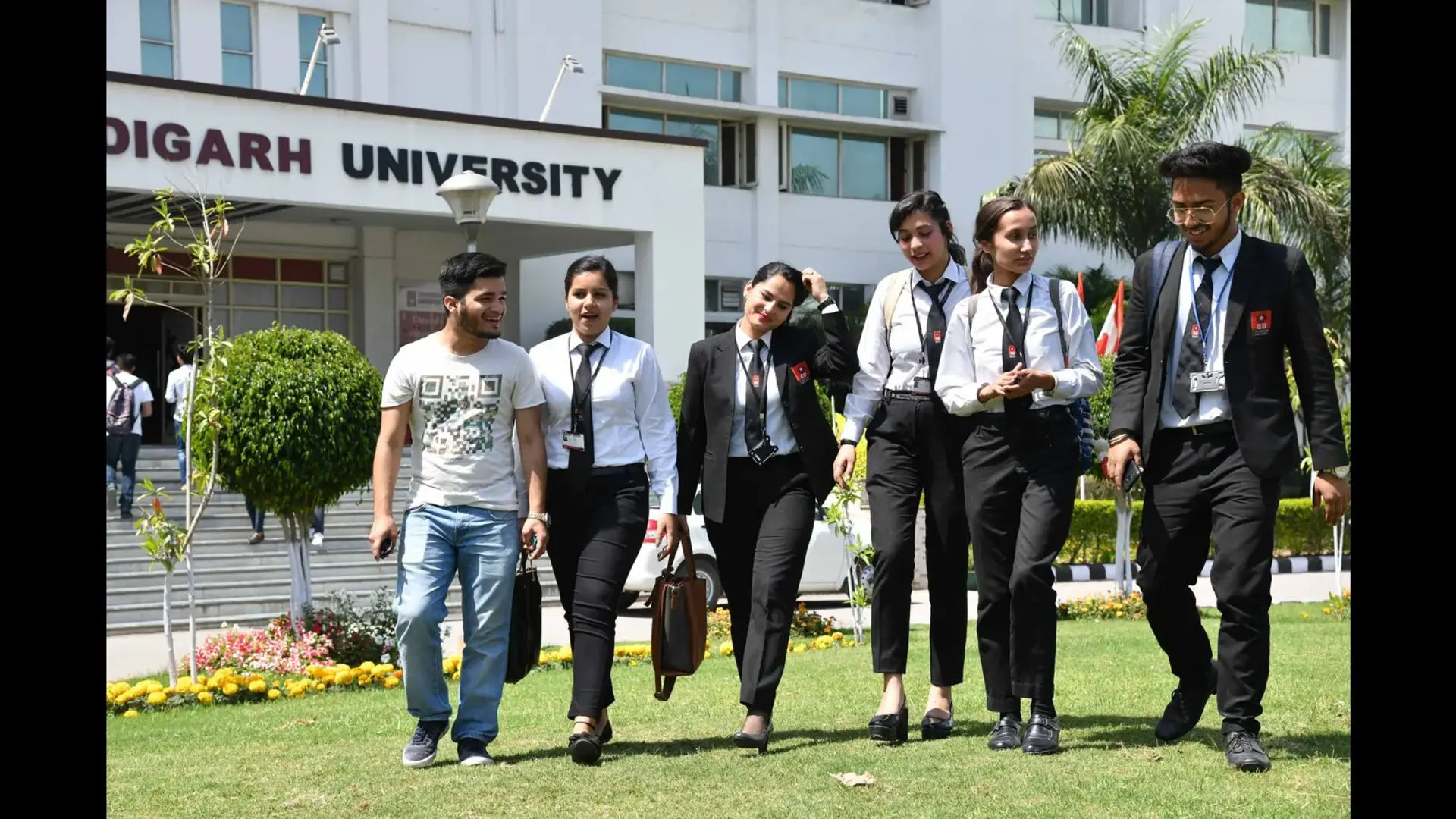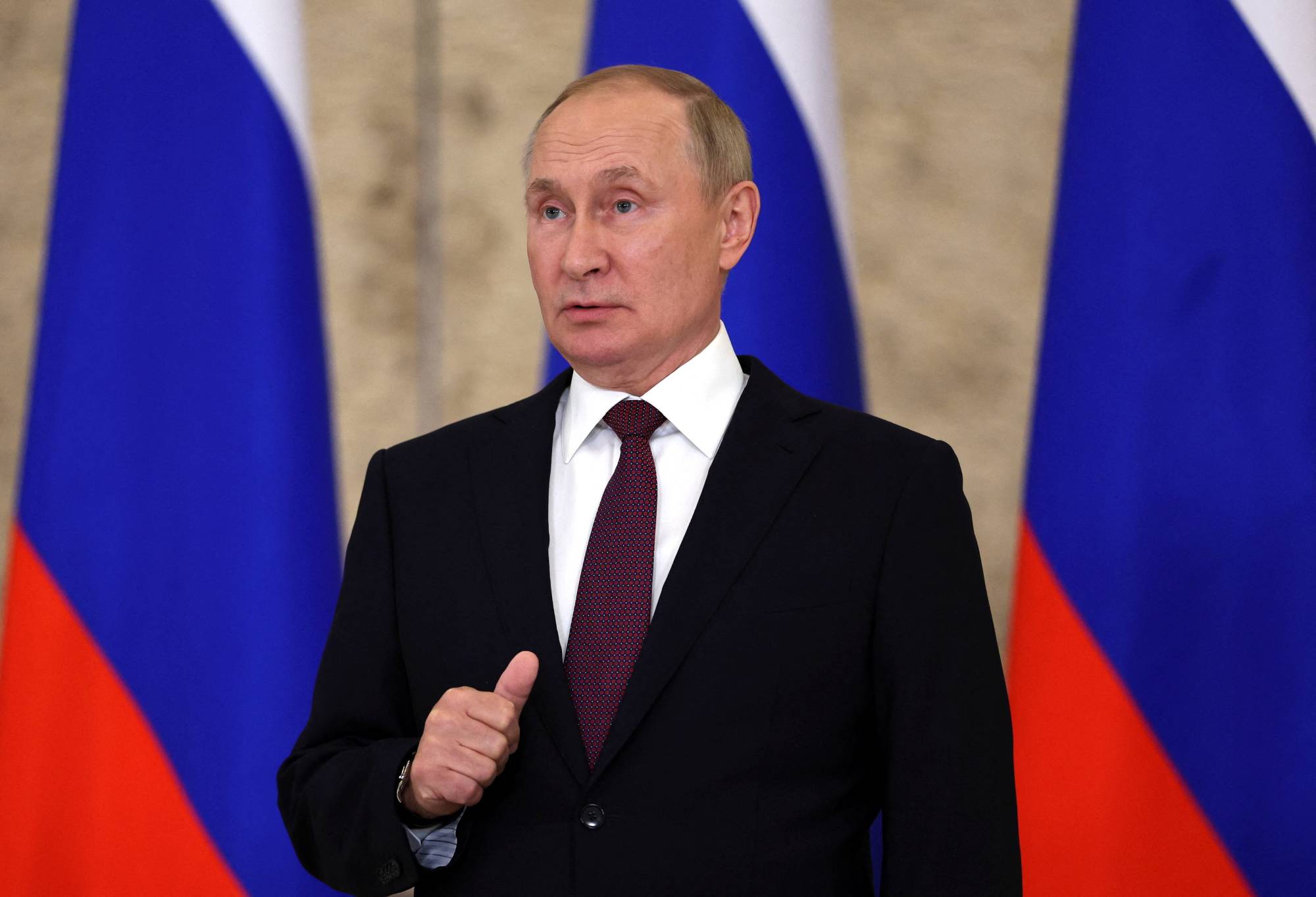
NATO chief Jens Stoltenberg and Ukraine President Volodymyr Zelenskyy will be key figures at Thursday’s European Union summit, underscoring the importance the 27 EU leaders attach to protecting their eastern flank from Russian aggression and beefing up Ukraine’s defense capabilities.
Zelenskyy is set to address the gathering by video link and Stoltenberg will have an early lunch at the spring summit for leaders. But the biggest seat will be set aside for an item that is not officially on the agenda: the fallout from the stunning weekend mutiny in Russia.
“It will be the elephant in the room,” said a high-level EU diplomat who asked not to be identified because the summit still had to open. Officials from several member states and EU institutions said the chaos and instability created by the rebellion would not only force the EU to double down on its support for Ukraine with commitments for more ammunition but also intensify efforts to make sure fighting and violence does not spill over into the bloc itself.
Scholz was saying aloud what many EU leaders have been hoping. And they see the increasing impact of 11 sets of sanctions that the EU has imposed in conjunction with the United States as key.
Most EU nations are also members of NATO, and at the July 11-12 alliance summit they will look to give Ukraine more security guarantees, if stopping short of full NATO membership. That approach for more support is expected to be fully endorsed by the time the two-day summit ends.
EU nations have also been providing billions in aid both to beef up military supplies and to make sure Ukraine’s economy stays afloat. The EU summit will also look more closely to what extent Russia’s frozen assets from the central bank, estimated at some 200 billion euros, can be used for that.
Several countries fear the legal ground for that is still too shaky and the European Central Bank has warned that confiscating those assets or the profits on them could pose a serious risk to the reputation of the euro.
